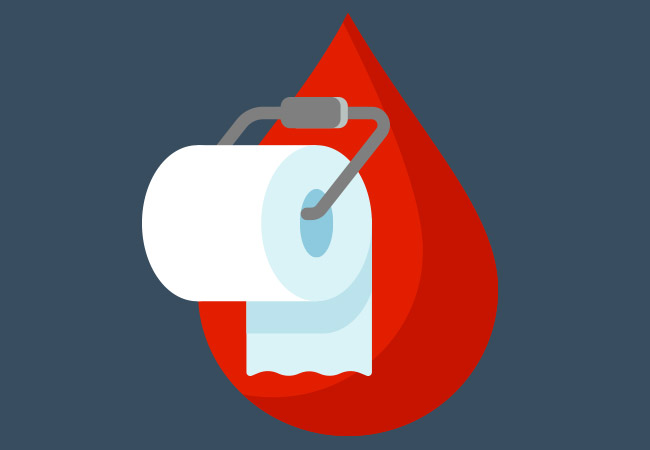What is Rectal Bleeding?
The rectum is a small part of your lower large intestine, measuring only a few inches. Bleeding from the rectum is a common symptom. It is alarming to see blood in your stool, on the toilet paper, or in the toilet bowl. Blood from rectum is usually bright red in color. You must visit your doctor — however, most cases of rectal bleeding can be managed in an outpatient setting.
